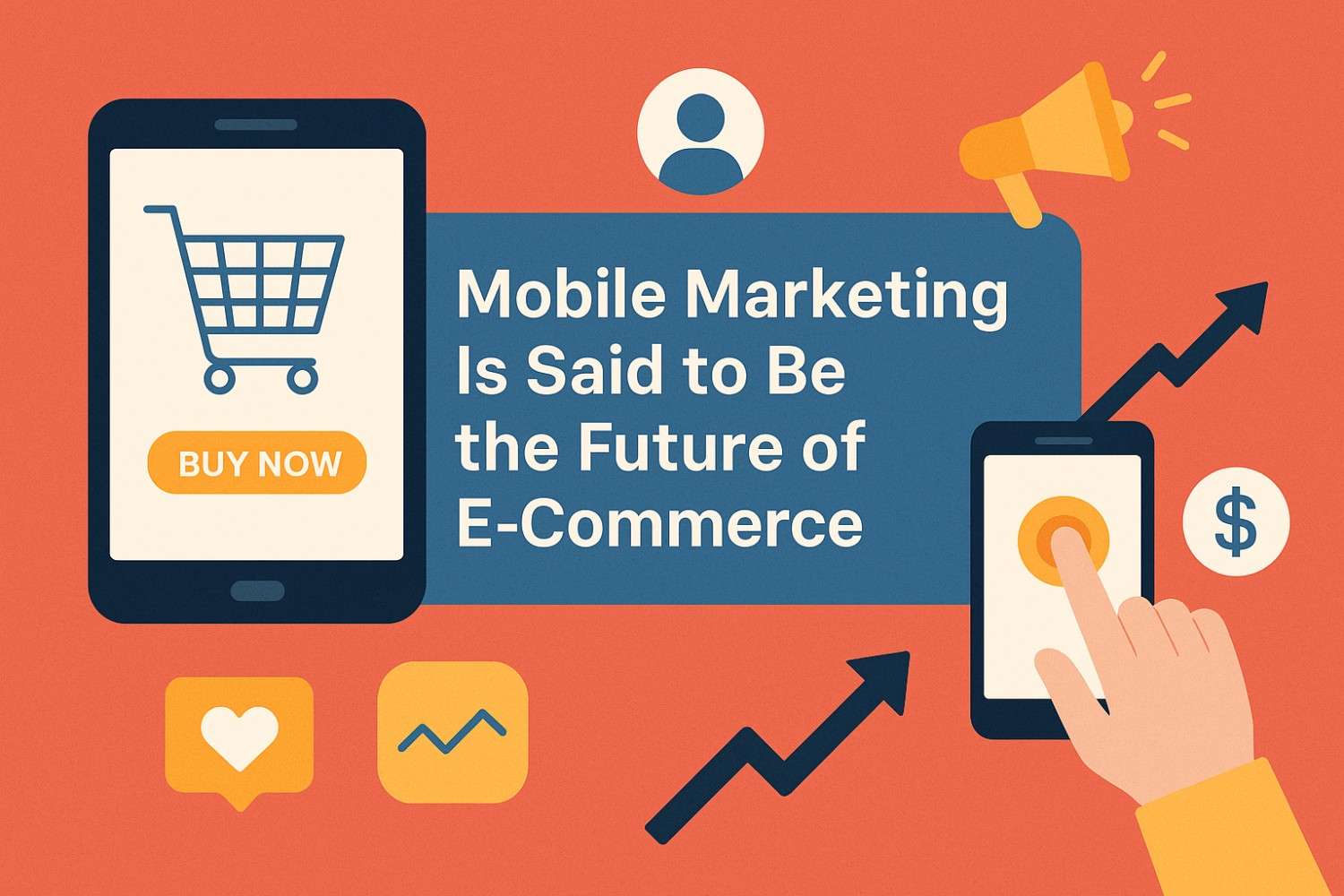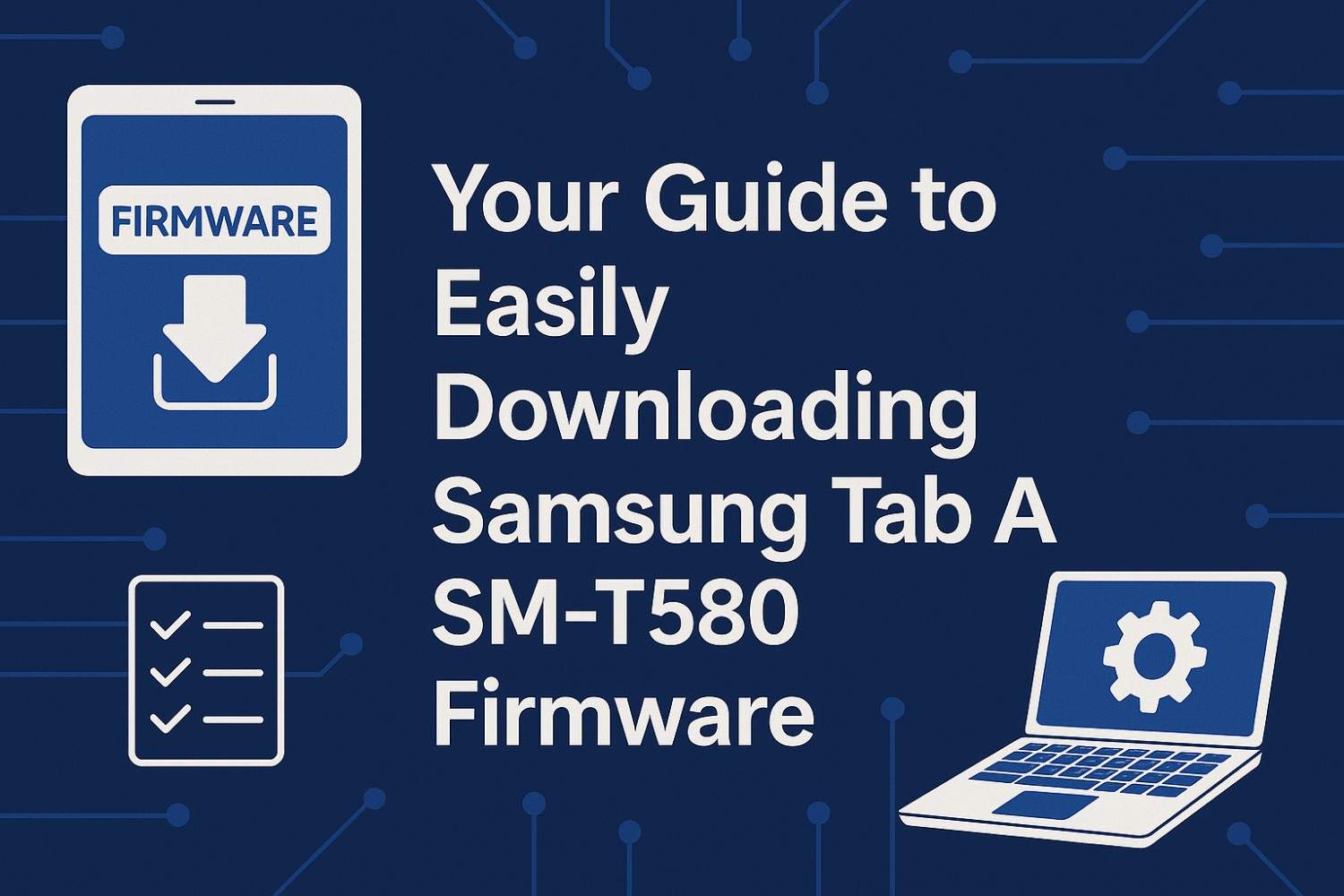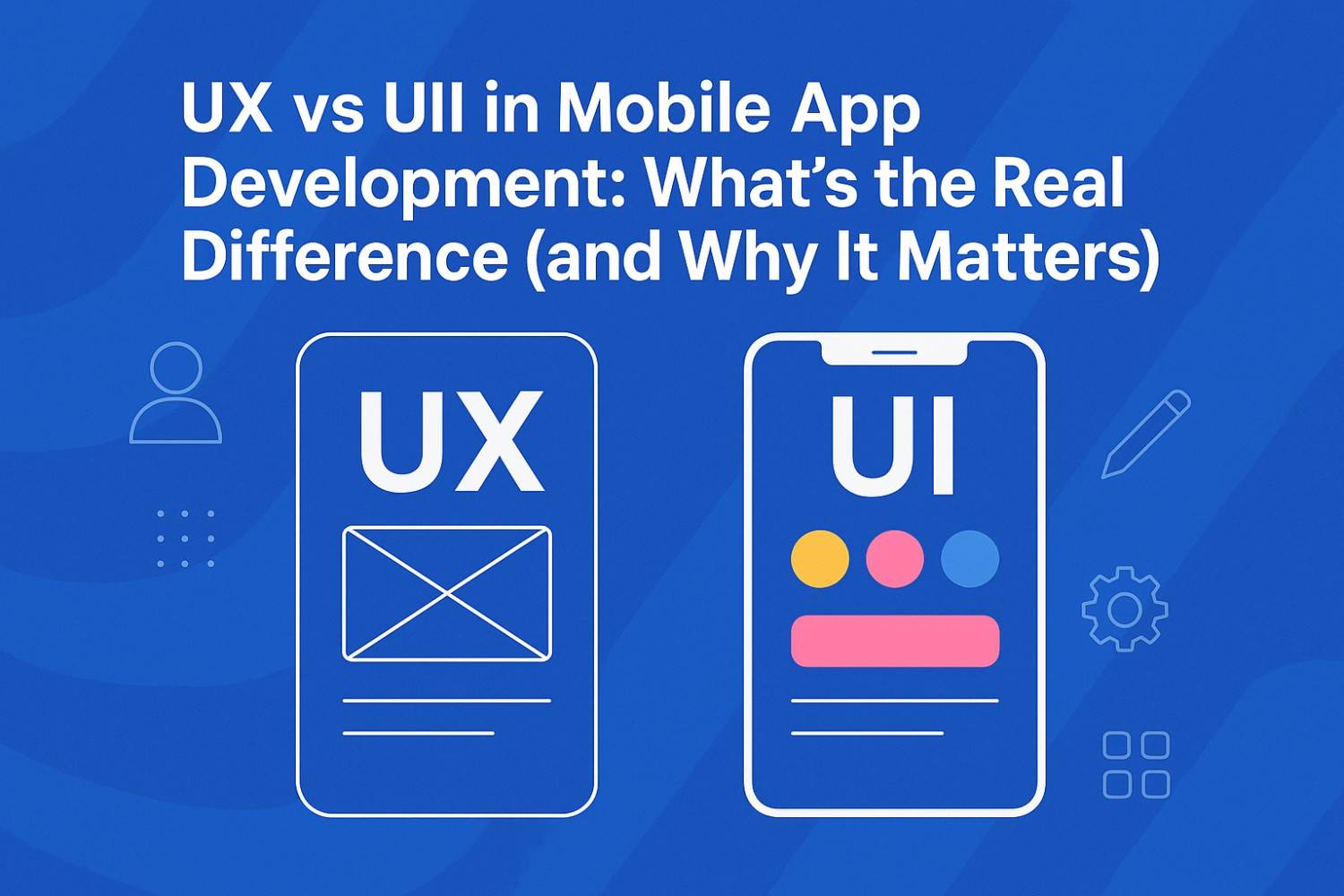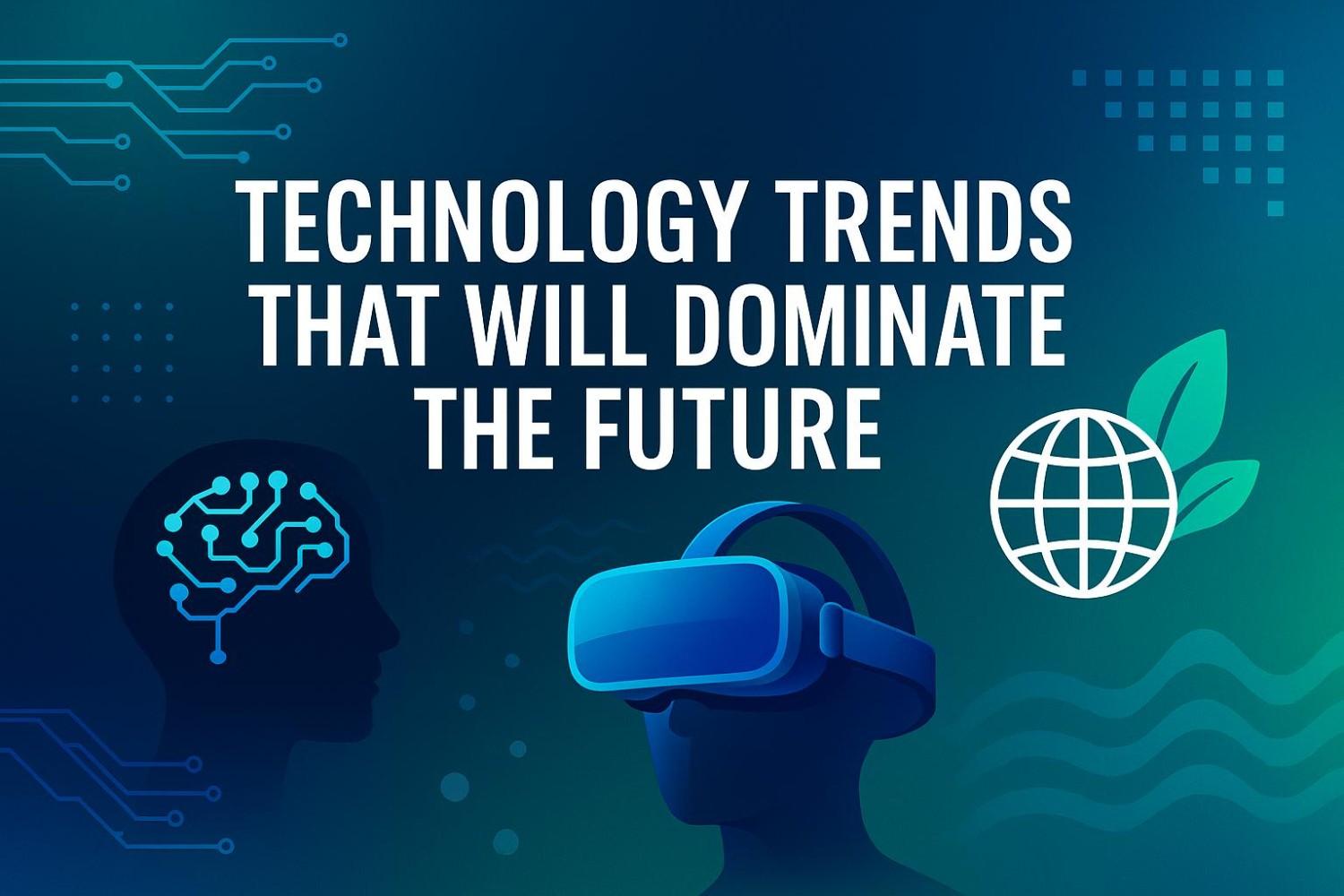“Mobile marketing is said to be the future of e-commerce” isn’t just a catchy headline—it reflects how people actually shop today. Most browsing, product discovery, and checkouts now happen on phones. Globally, mobile already accounts for a majority share of online retail sales, and the gap is widening every quarter.
If your store still treats mobile as a “nice to have,” you’re leaving revenue on the table. Recent benchmarks show mobile’s share of retail e-commerce hovering around the 60–70% range worldwide, with trillions of dollars shifting through smartphones—and the trendline points up.
Mobile Is Where Your Customers Already Are
Shoppers live in apps and mobile browsers—research, price checks, and impulse buys all start there. eMarketer has tracked mobile’s share of retail e-commerce near 70% globally, while multiple 2025 roundups report that well over half of online sales are already mobile. Translation: your “mobile experience” is your main experience.
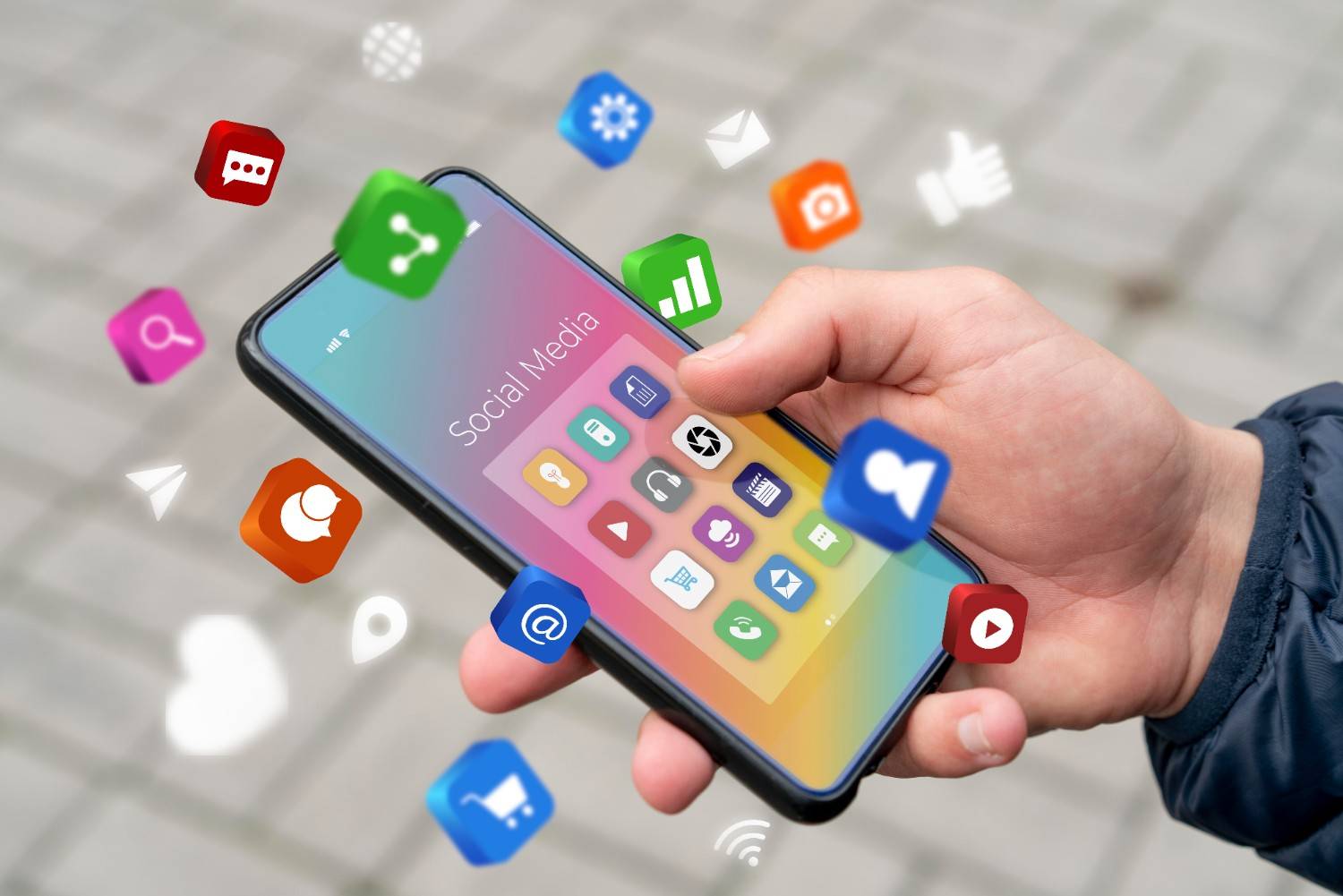
Why this matters for growth
- Traffic quality: Mobile is often the first touch (social referral, search, creator links), so poor mobile UX quietly kills ROAS across channels.
- Checkout convenience: Wallets like Apple Pay and Google Pay collapse form friction; in many markets (e.g., India), mobile-first payment rails drive repeat orders.
Speed, UX, and Trust Drive Mobile Conversions
On small screens, milliseconds and pixels matter. Studies continue to show that even modest delays crater conversions, while faster pages lift revenue. Optimizing Core Web Vitals, image weight, and server response times is not cosmetic—it’s cash flow.
Action checklist
- Sub-1.5s LCP on key templates (home, PLP, PDP, cart).
- Tap-target design and clean microcopy reduce errors and form fatigue.
- Trust signals early (returns, delivery windows, payment badges) to offset the smaller real estate.
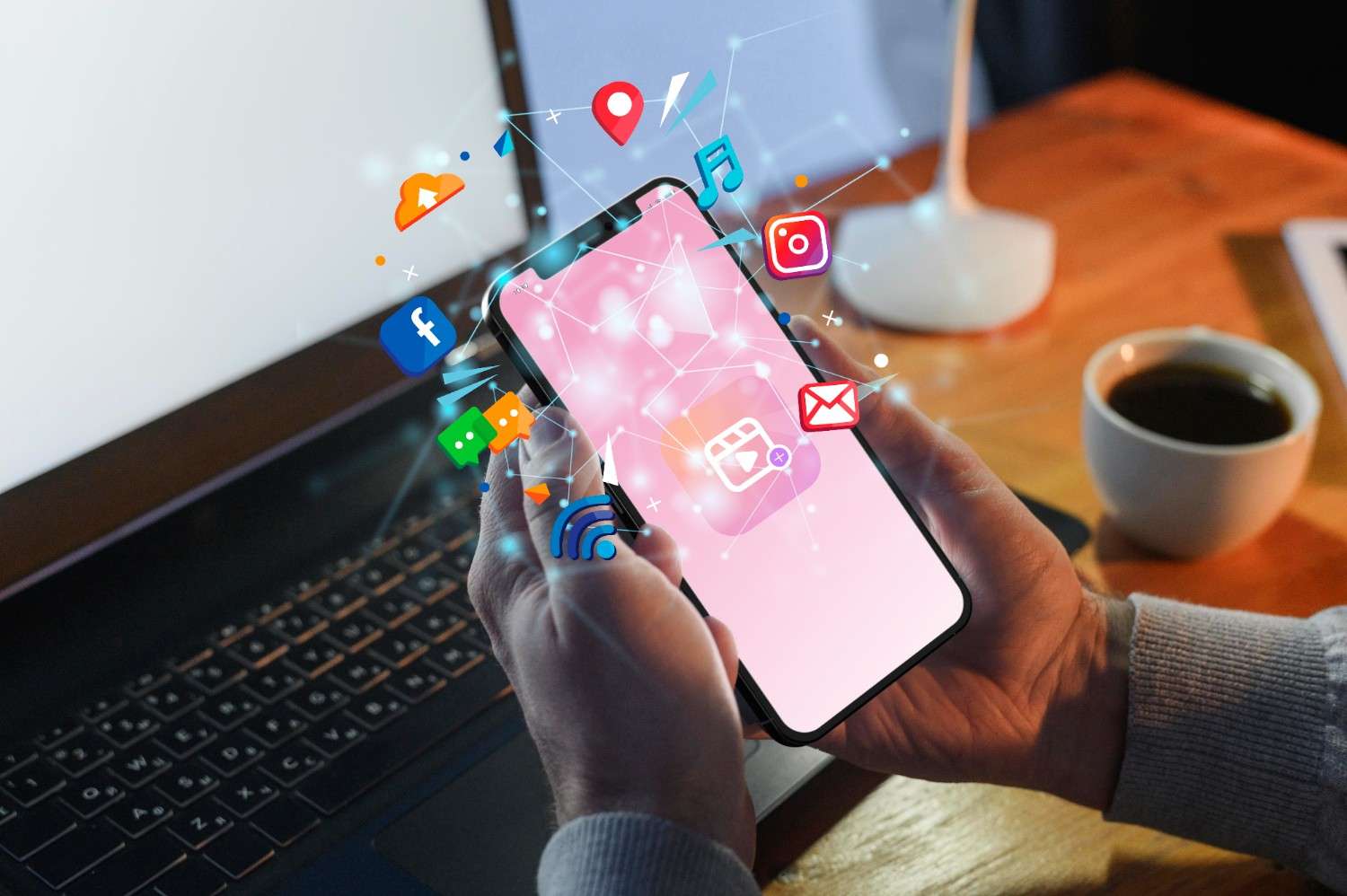
App, PWA, or Browser? Choose by Use Case
Many consumers prefer shopping in apps for speed and saved credentials, but lean, install-free experiences like Progressive Web Apps (PWA) can outperform for casual shoppers and SEO-driven discovery. Data from 2025 roundups shows strong consumer preference for app-based shopping, yet the right answer is often both: high-intent customers funnel to the app; first-timers land on a fast, PWA-like web experience.
Practical split
- Web (SEO + ads): frictionless first purchase, one-tap wallets, guest checkout.
- App (LTV engine): saved payment, richer personalization, loyalty, and push.
Messaging That Converts: Push, SMS, and WhatsApp
Mobile marketing isn’t just mediums; it’s permissioned messaging that respects context. Push notifications (when targeted and throttled) drive reopen and sale events; average users receive dozens daily, so relevance beats volume. SMS/WhatsApp work best for time-sensitive drops, replenishment nudges, and transactional reassurance.
Guardrails that protect your brand
- Cadence control: Opt-outs spike when frequency jumps; set per-user caps.
- Event-triggered content: Abandonment, back-in-stock, price-drop, and delivery updates outperform generic blasts.
Personalization and Feeds: Where Discovery Actually Happens
On mobile, shoppers scroll more and compare less. Dynamic bundles, creator-style PDP videos, and personalized home feeds raise AOV without adding taps. Combine zero-party quiz data with behavioral signals to tailor categories, price points, and offers—especially potent inside apps where identity is persistent. SmartInsights’ mobile stats compilations emphasize using analytics to tune UX and content to mobile behaviors.
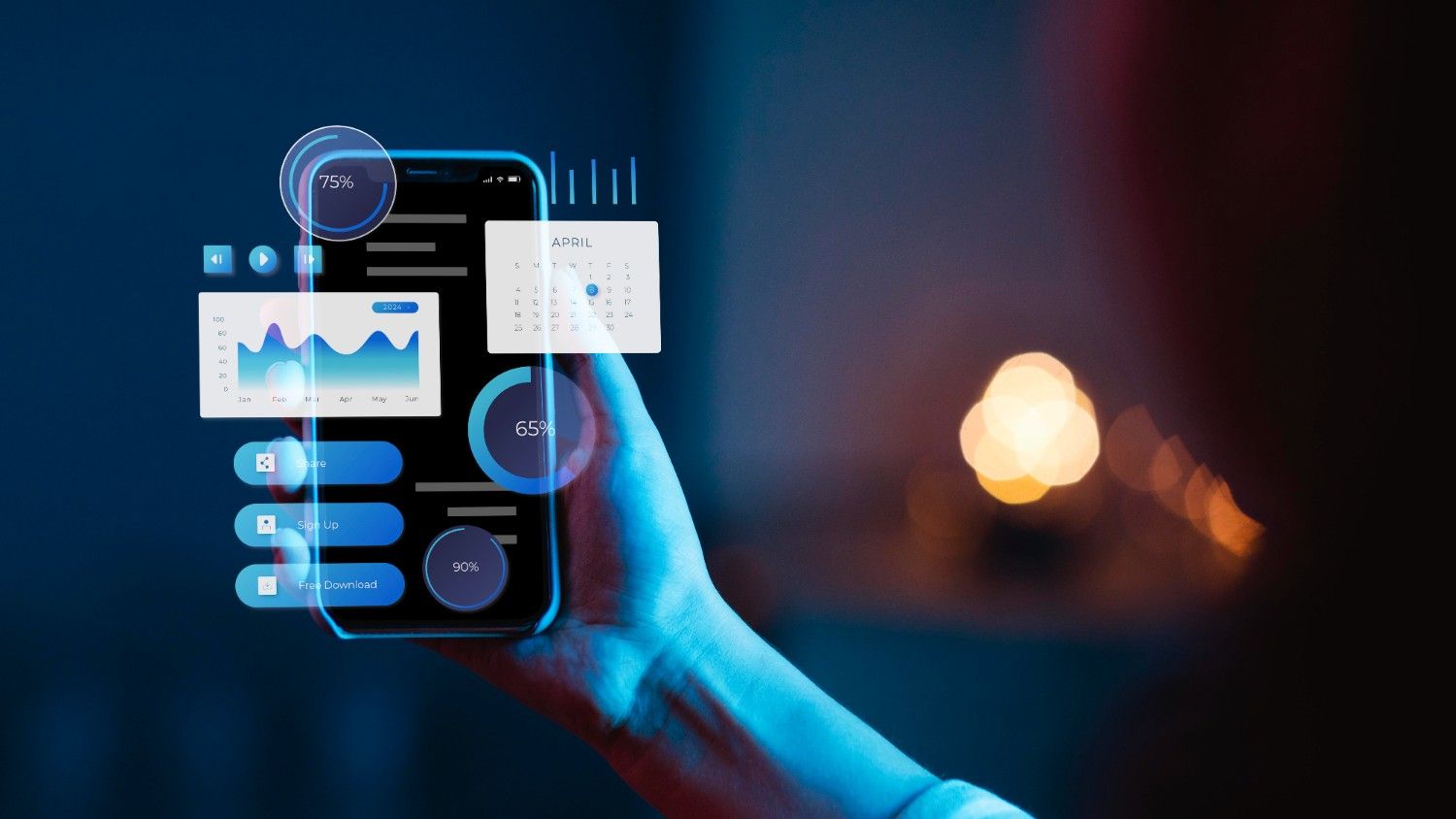
Checkout: One Tap, Many Wallets
Every extra field costs you on mobile. Offer one-tap wallets (Apple Pay, Google Pay), BNPL where responsible, and auto-address from device or wallet. For emerging markets, local methods and UPI-style instant payments are table stakes for conversion. Industry roundups indicate wallet usage powering a large share of digital transactions—reflecting the consumer demand for convenience.
Quick Commerce Is Rewiring Expectations
Ultra-fast delivery apps in India and other regions have reset what “fast” means, especially for grocery and convenience categories. This raises the bar for delivery ETA transparency across all verticals—even if you don’t do 10-minute delivery, clear promises and proactive updates are now expected norms.
Frequently Asked Questions
1. What does “mobile marketing is said to be the future of e-commerce” actually mean?
It means the primary channel for discovery, research, and purchase is the phone. Multiple industry trackers show mobile commanding the largest—and growing—share of retail e-commerce sales worldwide. If your site or app isn’t fast, thumb-friendly, and wallet-ready, you’ll underperform competitors who are.
2. Do I really need a native app to scale mobile sales?
Not always. Many brands win with a blazing-fast mobile site or PWA plus one-tap wallets. Apps shine for loyalty and LTV (saved profile, push, richer UX). A pragmatic path is web-first for acquisition and an invite-to-install flow post-purchase for your highest-intent users.
3. Which mobile KPIs move revenue the most?
Start with page speed / CWV, checkout completion rate, wallet usage rate, cart recovery (push/SMS), and opt-in/opt-out trends. Faster pages reliably lift conversions; disciplined messaging prevents churn. Track these side-by-side with CAC/LTV to prove ROI.
4. How often should I send push or SMS campaigns?
Less than you think. Over-messaging drives opt-outs quickly. Use event triggers (back-in-stock, price drops, abandonment) and cap weekly frequency. Make every send timely, contextual, and clearly valuable.
So… Is “Mobile Marketing Is Said to Be the Future of E-Commerce”? Absolutely—Now Build for It
If you remember one thing, make it this: optimize the whole mobile journey, not just the landing page. Prioritize sub-1.5s loads, large tap targets, crystal-clear trust cues, and one-tap wallets. Use respectful, event-driven push and SMS, and consider an app when you’re ready to deepen loyalty. Do these well and you won’t just ride the mobile wave—you’ll own it.

